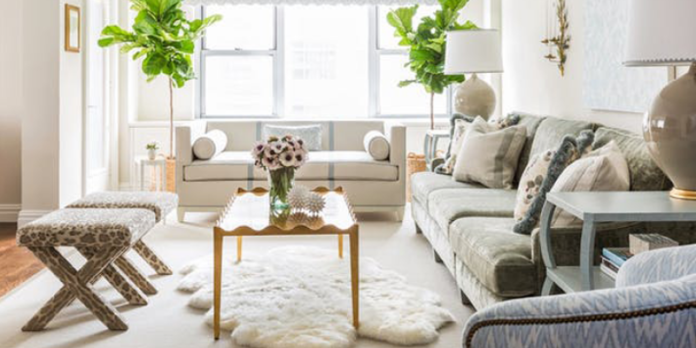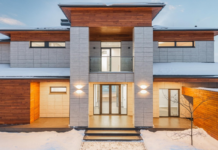Finding and placing the perfect rug for your room isn’t a cakewalk but if you find two that you love and want to layer them, this feat can seem astronomical.
Don’t fret. We’ve got the seven dos and don’ts of layering rugs here for an easy-to-follow guide.
1. Do Layer Over a Stain
Unfortunately, accidents happen to cause ruin to things you love. In this case, you love a rug so much that you aren’t ready to part with it just yet.
That’s when layering rugs is a lifesaver. You can find a smaller rug that you can layer over the stain or tear on your favorite rug and still keep it around.
2. Don’t Layer Thin on Thick
If you have two rugs to layer, make sure the bottom rug has a thinner pile. If you choose to layer on top of a thick, plush rug, not only will it look all wrong, but the top rug won’t be flat and you’ll cause damage to your high pile rug.
If you must have a high pile rug, make sure this is the one that you will place on top.
3. Do Use the Top Rug to Create a Setting
One of the main benefits of using rugs is that you can create a seating dynamic that will draw the attention of your guests. This will create a natural desire to sit around the area brought together by the rug.
Of course, when you have layered rugs, which should outline the gathering spots? The top rug or rugs should.
You can even use this method when you have two or more areas in a room. Your bottom rug could stretch the entire area of the room, while your top rugs define separate social areas.
4. Don’t Overwhelm the Floor
It’s best to keep the practice of layering rugs in larger rooms. If a room is too small, having multiple rugs may overwhelm the room.
Even in larger spaces, don’t layer rugs if it creates a stuffy atmosphere. Every room should still have plenty of breathing space.
If your room already has a healthy amount of accents and furniture, it may not be the right room to layer rugs in.
5. Do Use Layered Rugs to Compliment Accents
The best combination of rugs is a large neutral rug on the bottom layered with a smaller rug that compliments another area of the room.
This can be a color combination that nods to the wall art or a pattern that contains the same color as the focal furnishing of the room.
Choosing the right rug can be a challenge. Read this article from Lawrence of LaBrea to help you learn what to look for when shopping for rugs.
When you layer rugs, using this technique will bring the room together harmoniously.
6. Don’t Create a Hazard
When layering rugs, find a placement that won’t cause a tripping hazard or make your furniture wobble.
Having a second rug that simply poses a threat to those in the room does no good.
Instead, choose a rug that lays flat and will fit perfectly under all four feet of selected furniture or in spots that will naturally be walked upon, such as at the side of your bed or under the coffee table.
7. Do Use Correct Placement
The bottom rug should be placed according to all rug placement rules. It should also be perpendicular to the walls of the room.
The second layered rug doesn’t follow these rules. You can even put the second layer on a bias to switch up the focal point or create visual interest. Still, the second rug cannot just be floating in the middle of the room. It needs to be connected with at least one piece of furniture.








